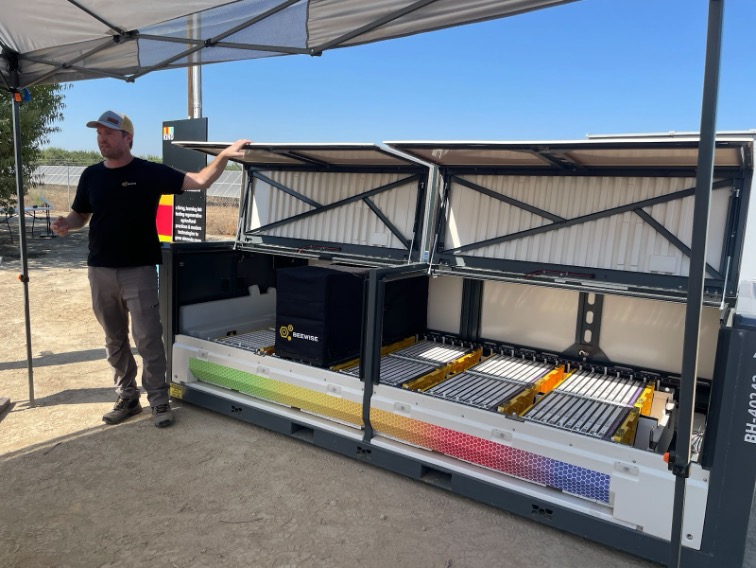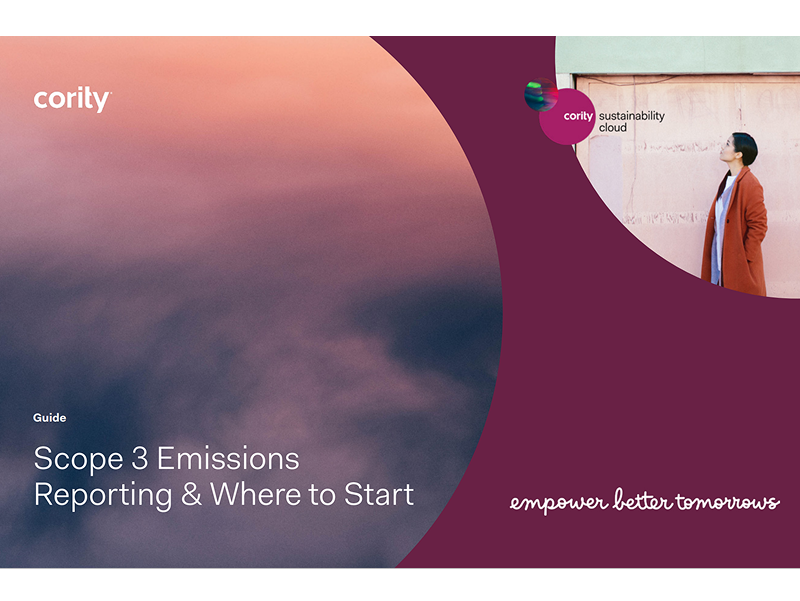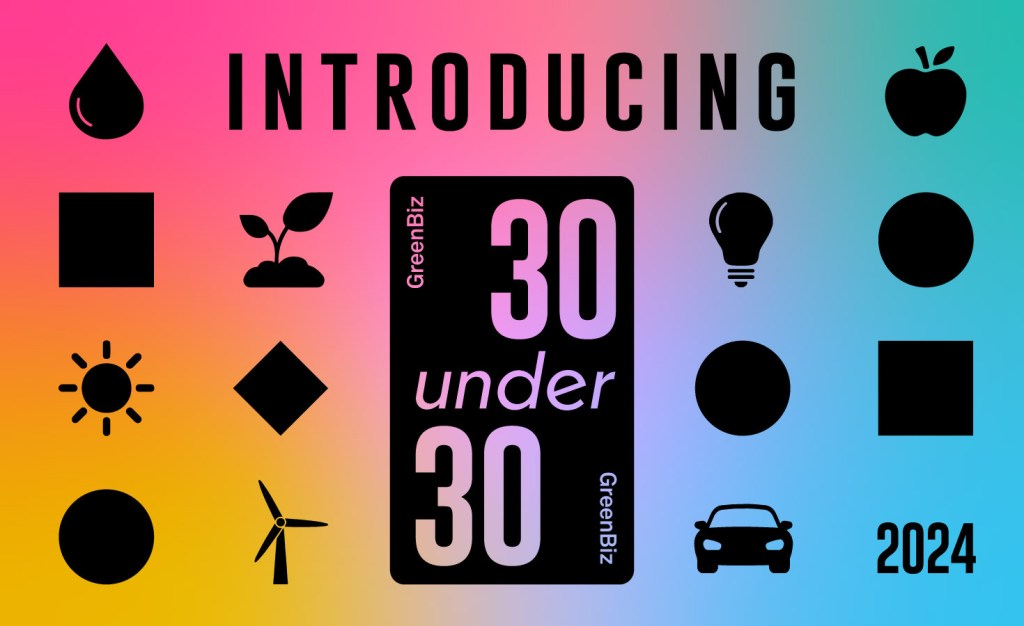KIND’s regenerative almond project: lessons learned 2 years in
Major food brands are betting on sustainable agriculture. Will it scale? Read More

In August I visited KG Ranch in Madera County, California to see firsthand what a commercial-scale regenerative farm looks like. Under the KIND Almond Acres Initiative, 500 acres of the ranch serve as a testing ground for fruit-and-nut bar maker KIND, a subsidiary of Mars Inc., and ofi, a global food ingredient supplier.
KIND‘s goal is to source all of its almonds from farms that are bee-friendly and employ regenerative agriculture practices on a mass-balance basis (which blends almonds grown from conventional and regenerative practices, so the end product will not be 100 percent regenerative) by 2030. The company hopes to leverage its purchasing power to move the almond market towards more sustainable practices.
My colleague Theresa Lieb wrote about this project in April 2023. Two years in, the promise and perils of regenerative transition are coming into focus.
Commitment to subsurface irrigation
KIND and ofi have reduced water use by 30 percent by transitioning from aboveground to subsurface irrigation, without impacting production. This is critical for almond trees, which consume 3.2 gallons of water per nut. Although other fruit and nut trees are just as thirsty, 80 percent of almonds are grown in California, mostly in drought-prone regions with unsustainable groundwater pumping.
“We knew that water use was the number one key to sustainability,” said Zac Ellis, senior director of agronomy at ofi, who managed the installation of drip lines 8-10 inches belowground along each row of trees. The new system minimizes water use, eliminates surface water evaporation, lowers fuel consumption by irrigation pumps and reduces disease and weed growth.
The initial setup costs about twice as much as an aboveground dripline, but reduces long-term water and energy costs. Any unexpected tree mortality has long-term financial impacts, given that almond trees live 25 to 30 years and can take 5 to 12 years to start producing almonds.
“The most dramatic episode of this project was installing underground irrigation,” said Ellis. “When you can’t see it, it’s really hard to know how much water is being applied — by the time you see something is wrong, the tree is dead.” The solution: dendrometers, small gauges attached to each tree that Ellis calls “Fitbits for trees.” They measure how much the tree is swelling and shrinking in order to track hydration in real time.
Next challenge: pocket gophers. These tunneling rodents wreaked havoc on the driplines and emission devices that control the amount of water being released, which were supposed to have a lifespan equivalent to the almond trees. After establishing integrated pest management, repairing the system and losing a lot of sleep, the growers now have a working model that can be applied on other farms with fewer surprises.
The team is developing methodologies to understand the overall water impacts of regenerative practices, such as cover cropping and biochar application, which likely affect overall water withdrawal.

Variation in rainfall across California, shown as the amount of precipitation between Jan. 1 and Nov. 25, 2024 compared to the average for that period. Data from California Water Watch.
Farmer buy-in required
To meet its sustainability goals, KIND needs its large base of small-share growers, not just large operators like ofi, to adopt regenerative practices. Over 90 percent of California almond farms are family-owned and 70 percent are 100 acres or smaller.
There are no copy-and-paste solutions. Even if this pilot project proves successful, California almond growers farther south in the San Joaquin Valley, where water is even more scarce, are hesitant to adopt the same practices under different environmental conditions.
So KIND has established a second experimental site on just under 500 acres in Bakersfield, at the south end of the valley.
“Basically it allows us to test and de-risk what we’re asking from our suppliers so that we can come up with a program that is scaleable, drives positive environmental outcomes but is also place-based and acknowledges the very real water challenges in California,” said Caitlin Birkholz, sustainability sourcing manager for regenerative agriculture at Mars.
Agronomy plus AI
The Madera farmers were losing 40-50 percent of their bee colonies each year and identified two major bottlenecks to solving this problem — time and expertise. It took beekeepers three weeks to visit all 100,000 beehives and, in many cases, couldn’t identify and address issues in real time. By the time they returned with solutions, it was too late.
This is part of a much broader issue — California almond pollination is the largest managed pollination event in the world, involving more than half of all U.S. honeybee colonies, which have been dying off for decades.
The companies worked with Beewise Technologies, a startup using AI- and robotics-powered BeeHomes to reduce colony losses at the farm level. BeeHomes can tend to hives remotely, adjusting temperature, shielding bees from pesticides and measuring pollination success. With remote monitoring and less time spent on basic maintenance, human beekeepers can focus on major issues.
“The wooden box that was designed 100 years ago was not designed for what we’re doing today,” said Eliyah Radzyner, head of product and co-founder of Beewise Technologies. We’re equipping bees for the challenges of the modern world.”
The new technology looks promising — honeybee losses fell from 40 percent to 10 percent in the first year. However, honeybees can negatively affect native species, so a thriving honeybee population may reduce biodiversity. The Williams Lab at UC Davis is currently testing the ability of these boxes to monitor changes in local biodiversity, which would shed light on broader ecosystem dynamics.
Long-term benefits TBD
The long-term impact of the KIND initiative on biodiversity, water and climate remains uncertain. And with many major food companies embracing regenerative agriculture, the stakes are high.
KIND and ofi are connecting academic research with real-world farming. Leading companies in other industries will need to do the same and quickly. What’s already clear is that success hinges on innovation, adaptability and embracing short-term risks.
[Discover innovative solutions to tackle your organization’s decarbonization barriers at GreenBiz 25, February 10-12, Phoenix, Arizona.]














